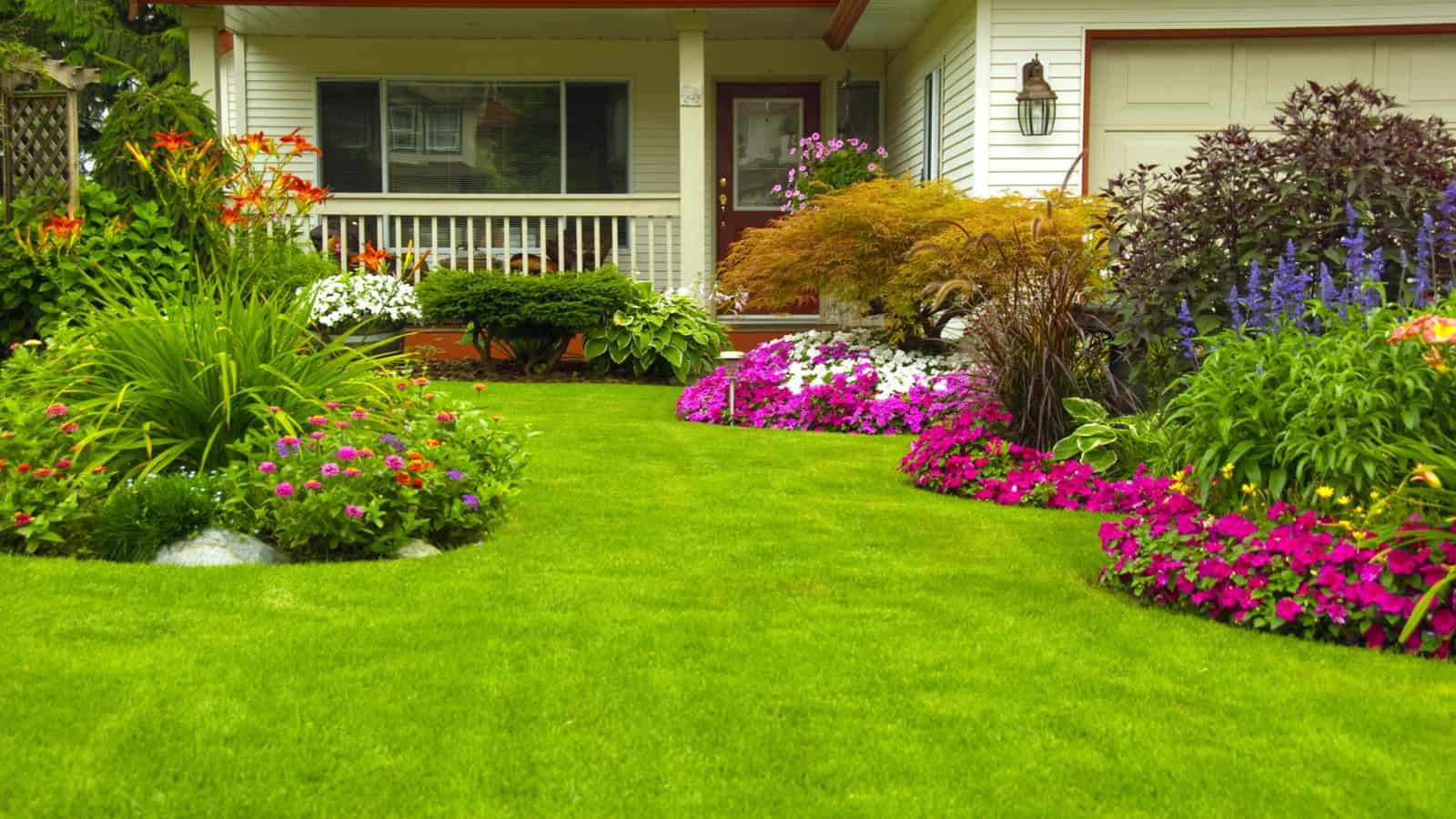Color plays a crucial role in landscape design, significantly impacting the overall look and feel of a garden. It influences emotions, creates visual interest, and can even affect how we perceive space. Understanding the importance of color and how to use it effectively can help you create a harmonious and beautiful garden. Here’s why the role of color in landscape design matters so much.

Creating Mood and Atmosphere
Colors have the power to evoke emotions and set the tone for your garden. Different colors can create different moods:
- Warm Colors: Reds, oranges, and yellows are warm, vibrant colors that can energize a space and make it feel more inviting. These colors are great for creating a lively atmosphere in social areas like patios or dining spaces.
- Cool Colors: Blues, greens, and purples have a calming effect and can make a garden feel more serene. These colors are ideal for relaxation areas, meditation spaces, or any part of the garden where you want to promote tranquility.
Enhancing Visual Interest
Using a variety of colors can make your garden more visually appealing by creating contrast and drawing the eye to different areas. Here’s how to enhance visual interest with color:
- Complementary Colors: Pairing complementary colors (colors opposite each other on the color wheel, such as blue and orange) can create striking contrasts that grab attention.
- Analogous Colors: Using analogous colors (colors next to each other on the color wheel, such as blue, green, and purple) can create a harmonious and soothing look.
- Seasonal Changes: Choose plants that provide color throughout the year. For example, flowering bulbs can add color in spring, perennials can bloom in summer, and trees and shrubs can offer vibrant foliage in autumn.
Defining Spaces
Color can be used to define and differentiate areas within your garden, helping to create a sense of structure and order:
- Pathways and Borders: Use colorful plants or materials to highlight pathways and borders, guiding visitors through the garden and creating clear separations between different areas.
- Focal Points: Brightly colored plants or features can be used to draw attention to specific areas, such as a seating area, a water feature, or a garden sculpture.
Influencing Perception of Space
Color can also affect how we perceive the size and scale of a garden:
- Light Colors: Light colors like whites, pastels, and soft blues can make a small space feel larger and more open by reflecting light and creating a sense of airiness.
- Dark Colors: Dark colors like deep greens, purples, and blacks can create a sense of intimacy and coziness in larger areas by absorbing light and making the space feel more enclosed.
Complementing Architecture
Choosing colors that complement your home’s architecture can create a cohesive and unified look:
- Harmonious Palette: Select colors that match or contrast with your home’s exterior. For example, if your house is painted in cool tones, consider using warm colors in your garden to create a pleasing contrast.
- Highlight Features: Use color to highlight architectural features like windows, doors, and pathways, tying the garden and the house together visually.
Supporting Plant Health
The right colors can also support plant health and garden sustainability:
- Sunlight Needs: Consider the sunlight needs of plants when choosing colors. For example, plants with dark foliage might thrive in shaded areas, while brightly colored flowers often need full sun.
- Pollinator Attraction: Brightly colored flowers, particularly those in shades of red, orange, and yellow, can attract pollinators like bees, butterflies, and hummingbirds, promoting a healthy and vibrant garden ecosystem.
